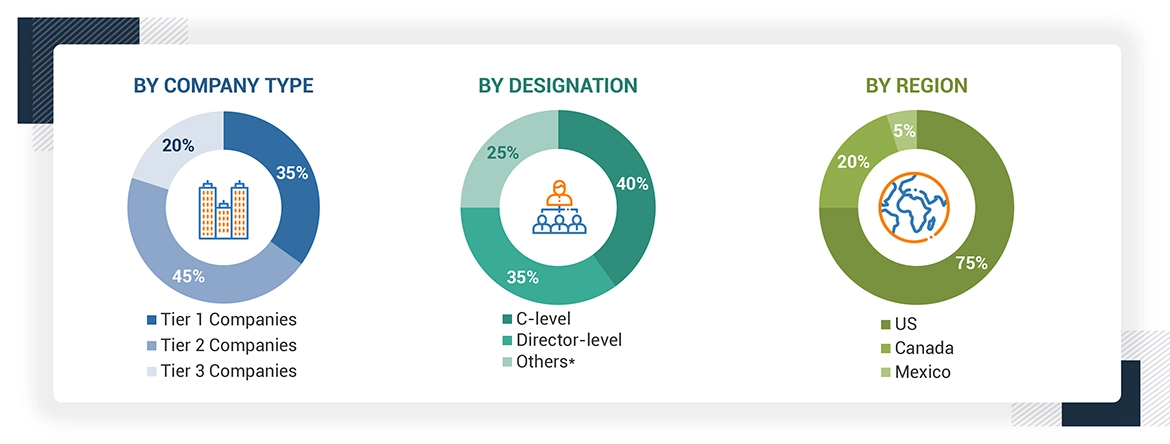This research study involved the extensive use of both primary and secondary sources. Various factors affecting the industry were studied to identify segmentation types; industry trends; key players; the competitive landscape of the market; and key market dynamics, such as drivers, restraints, opportunities, challenges, and key player strategies.
Secondary Research
This research study involved widespread secondary sources; directories; databases, such as D&B, Bloomberg Business, and Factiva; white papers; annual reports; and companies’ house documents. Secondary research was used to identify and collect information for this extensive, technical, market-oriented, and commercial study of the HCIT market. It was also used to obtain important information about the top players, market classification, and segmentation according to industry trends to the bottom-most level, geographic markets, technology perspectives, and key developments related to the market. A database of the key industry leaders was also prepared using secondary research
Primary Research
In the primary research process, various sources from both the supply and demand sides were interviewed to obtain qualitative and quantitative information. The primary sources from the supply side include CEOs, vice presidents, marketing and sales directors, marketing managers, regional/area sales managers, product managers, distributors, business development managers, technology & innovation directors of healthcare IT software solutions providers, and suppliers & distributors. Primary sources from the demand side include industry experts such as directors of hospitals, department heads, research scientists, imaging & diagnostics center personnel, and healthcare payers.
A breakdown of the primary respondents is provided below:

To know about the assumptions considered for the study, download the pdf brochure
Market Size Estimation
The total size of the North American healthcare IT market was arrived at after data triangulation from different approaches, as mentioned below. After each approach, the weighted average of approaches was taken based on the level of assumptions used.
Data Triangulation
The individual shares of each HCIT product & service, component, and end-user segment were determined by assigning weightages based on their utilization/adoption rate. Regional splits of the overall HCIT market and its subsegments are based on the adoption or utilization rates of the given products and services in the respective regions or countries
Report Objectives
-
To define, describe, and forecast the North American healthcare IT market based on product & service, component, end user, and region
-
To provide detailed information regarding the major factors influencing the growth of the market (drivers, restraints, opportunities, and challenges)
-
To strategically analyze micromarkets1 with respect to individual growth trends, prospects, and contributions to the overall market
-
To analyze opportunities in the market for stakeholders and provide details of
-
the competitive landscape for market leaders
-
To forecast the size of the North American healthcare IT market with respect to three main countries, namely, the US, Canada, and Mexico
-
To profile key players and comprehensively analyze their core competencies2 and market shares
-
To track and analyze competitive developments such as agreements, partnerships, collaborations, acquisitions, product/technology/service launches, and R&D activities of the leading players



Growth opportunities and latent adjacency in North American Healthcare IT Market